Fall-Front Cabinet
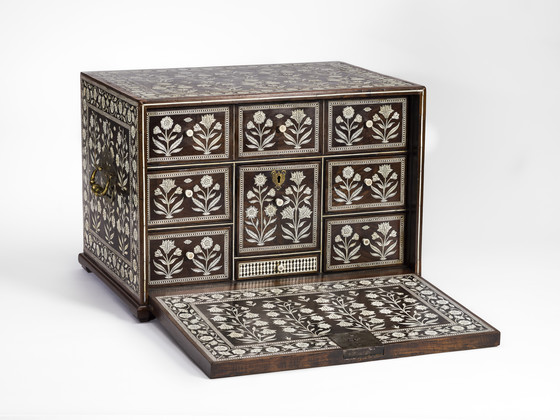
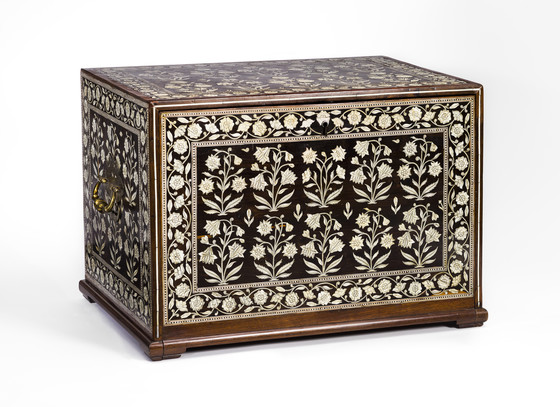
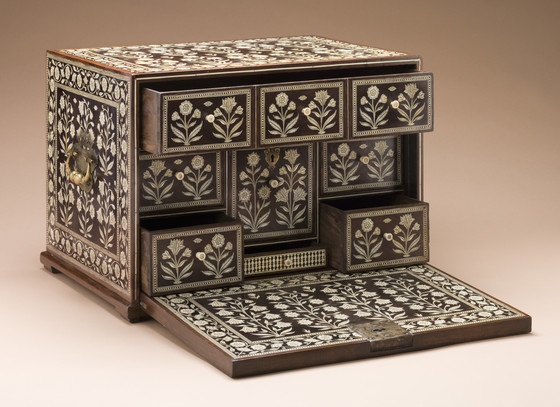
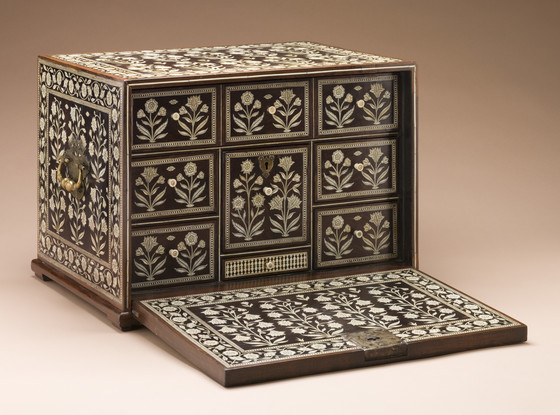
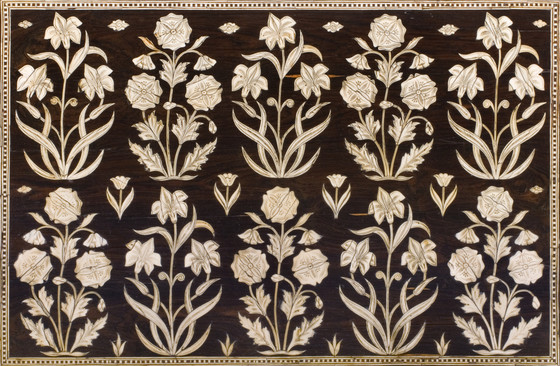

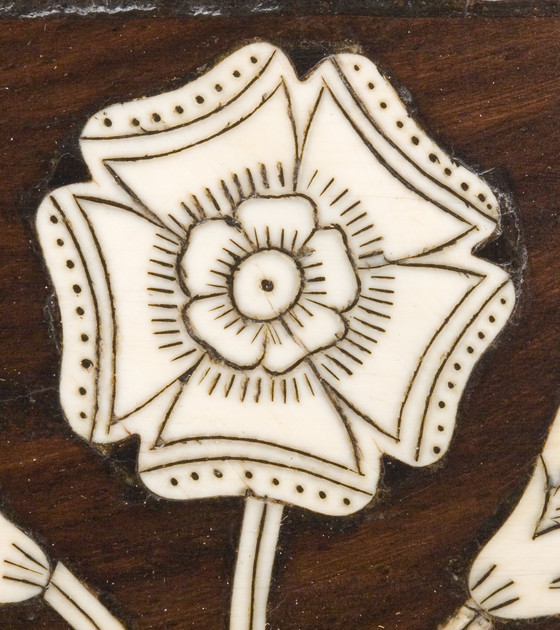
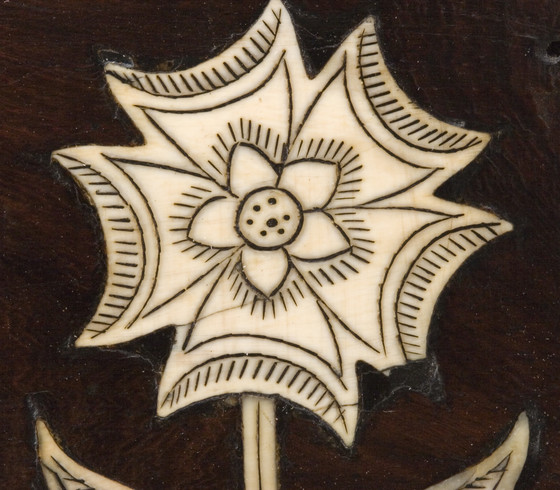
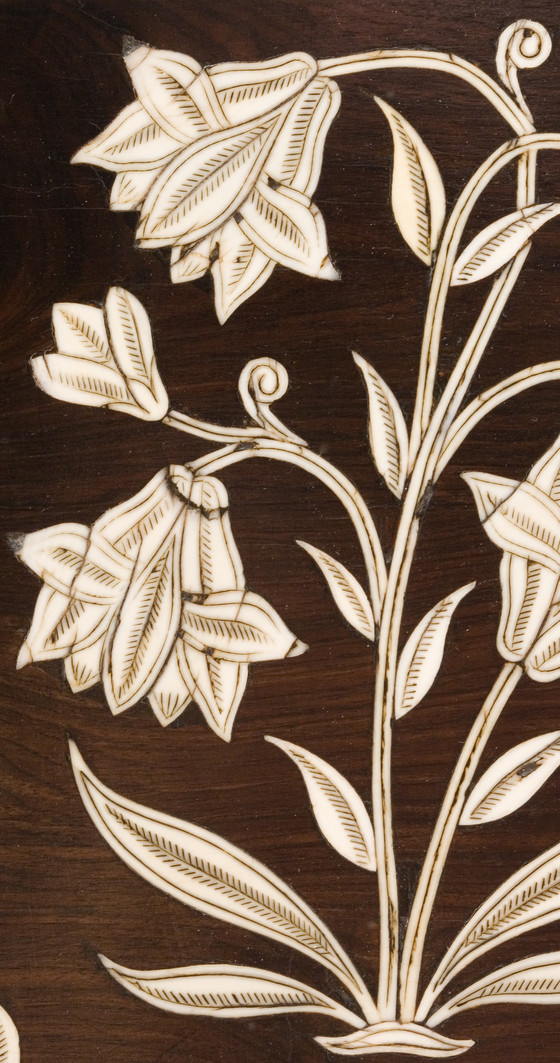
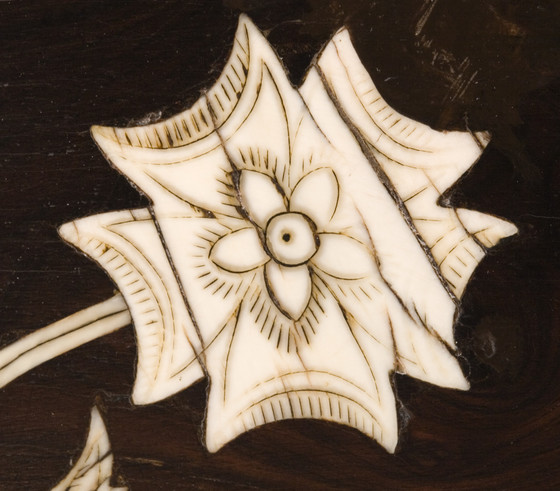
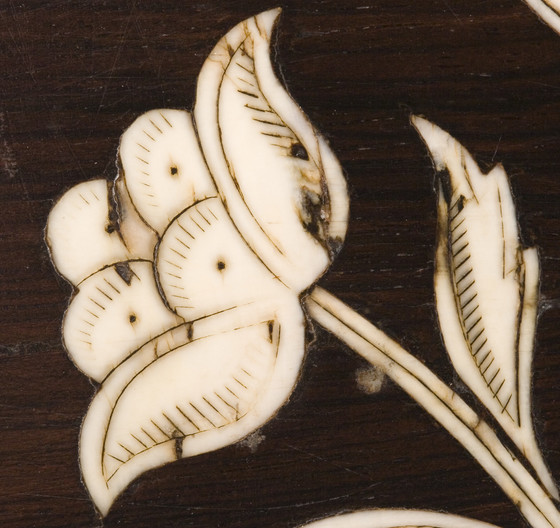
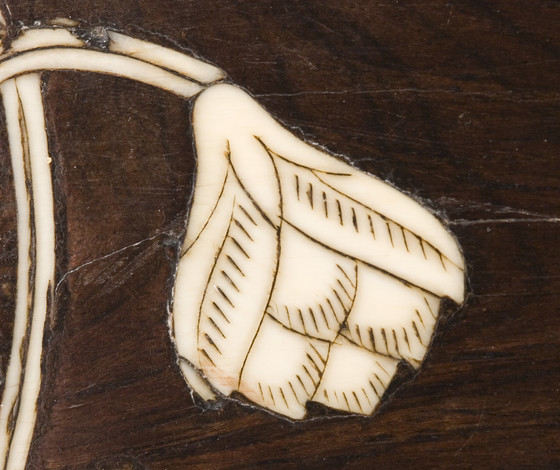
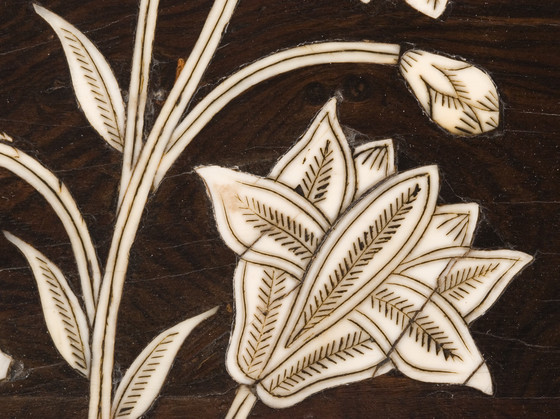
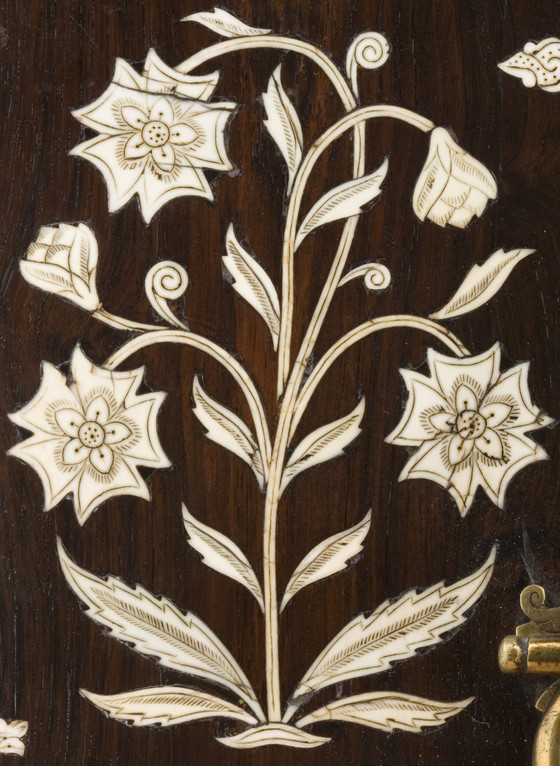
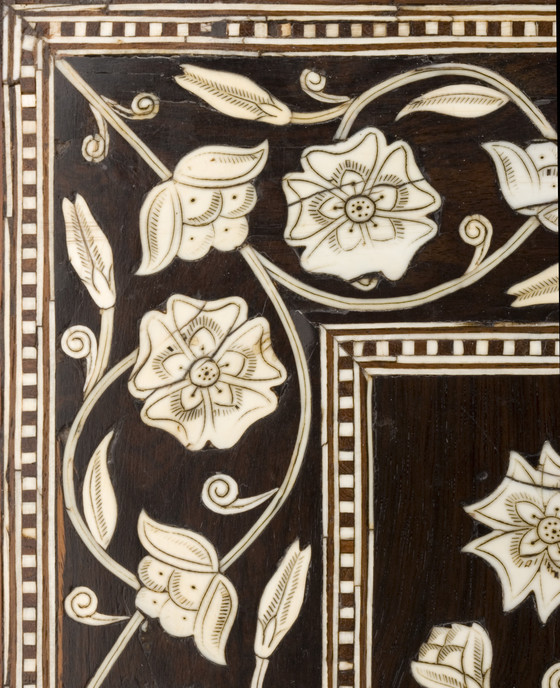

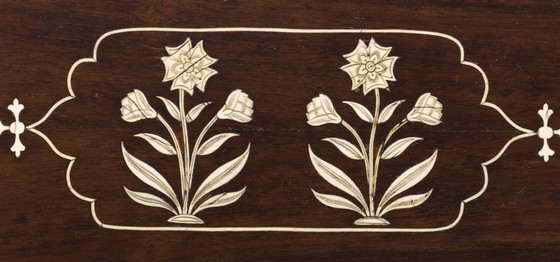
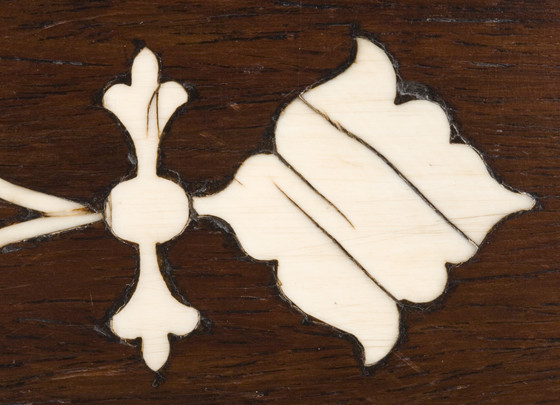
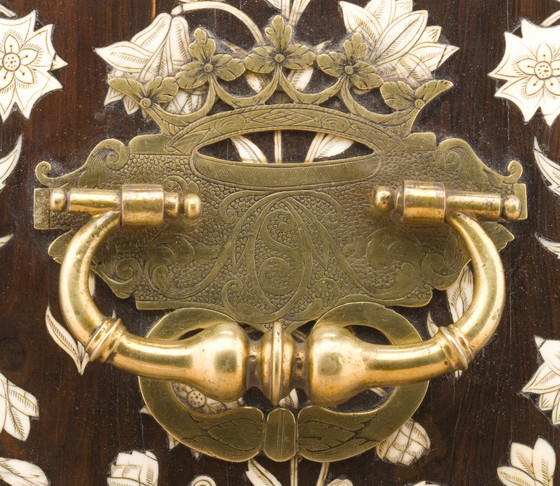
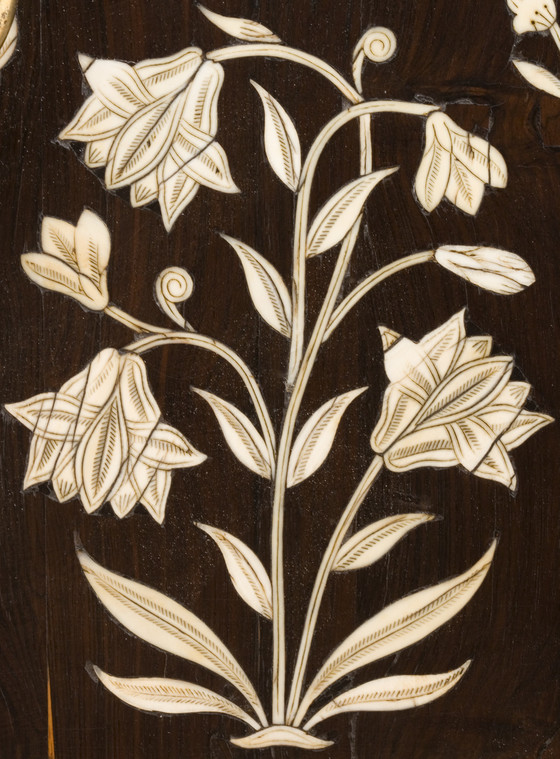
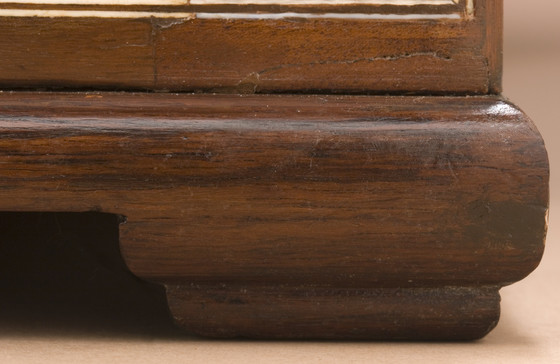
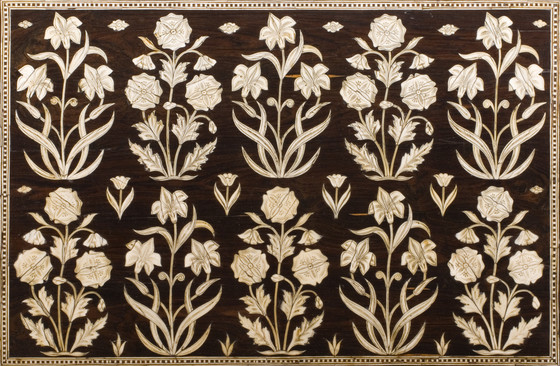
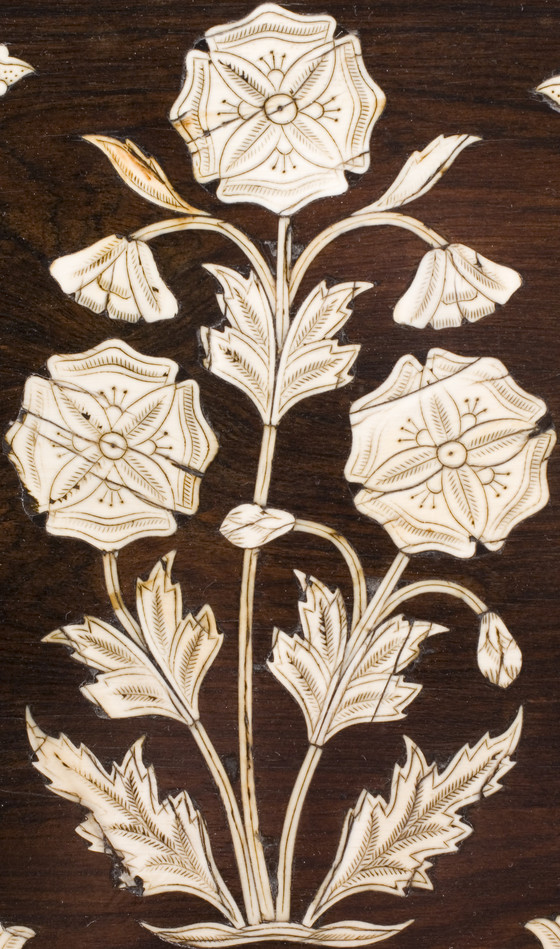
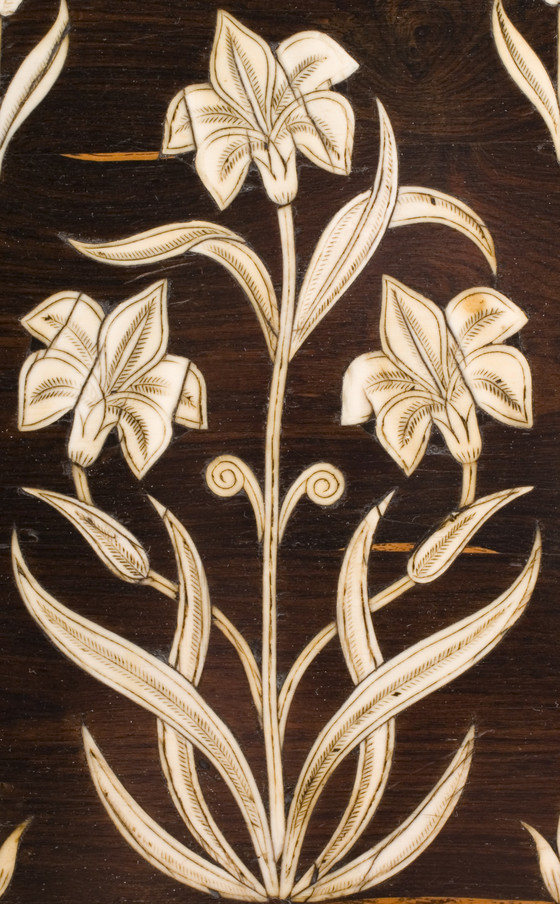
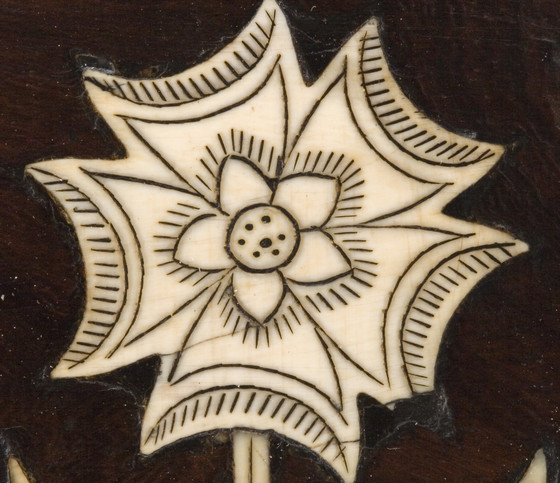
Please log in to add this item to your gallery.
View comments
No comments have been posted yet.
Add a comment
Please log in to add comments.
Please log in to add tags.
* Nearly 20,000 images of artworks the museum believes to be in the public domain are available to download on this site.
Other images may be protected by copyright and other intellectual property rights.
By using any of these images you agree to LACMA's Terms of Use.
Fall-Front Cabinet
India, Gujarat or Pakistan, Sindh, circa 1650-1670
Furnishings; Furniture
Rosewood inlaid with ivory; brass fittings
15 1/8 x 21 3/4 x 16 in. (38.42 x 55.25 x 40.64 cm)
Purchased with funds provided by Jane and Marc Nathanson, Bill and Dee Grinnell, Greg and Mechas Grinnell, and Marilyn B. and Calvin B. Gross through the 2007 Collectors Committee (M.2007.56)
Not currently on public view


